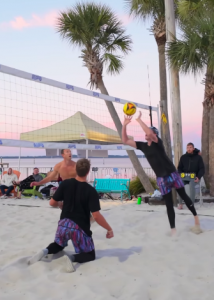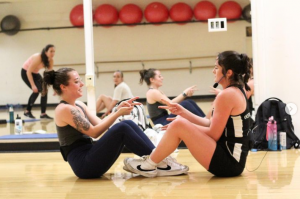Play Safe, Stay in the Game: The Most Common Injuries in Intramural and Recreational Sports
7 min read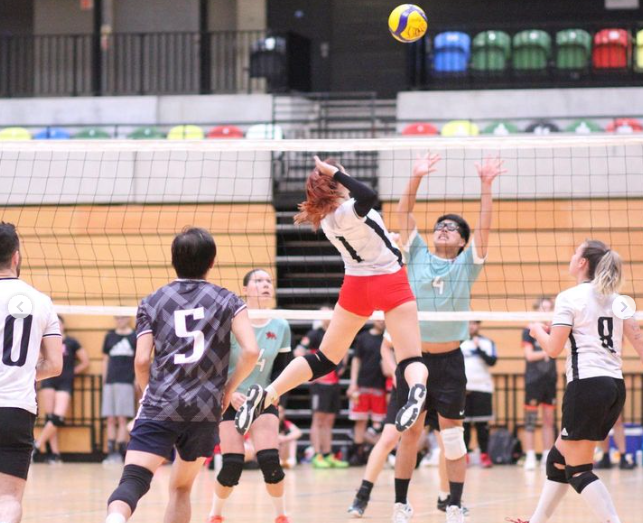
Participating in intramural and recreational sports is a fantastic way to stay active, socialize, and have fun. However, along with the excitement comes the risk of injuries that can hinder your playing experience and overall well-being. In this comprehensive guide, we will explore the most common injuries encountered in intramural and recreational sports, delve into effective prevention strategies, and offer valuable tips for successful recovery.
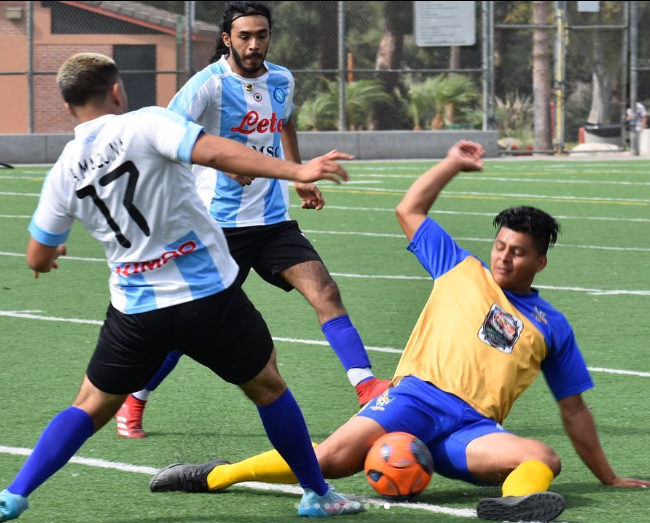
What Are the Most Injury-Prone Intramural and Recreational Sports?
Intramural and recreational sports vary in terms of injury-proneness, but certain sports tend to have a higher risk of injuries due to their physical demands, contact nature, and repetitive movements. Here are some of the most injury-prone intramural and recreational sports:
- Football: Football is notorious for its high injury rate due to its physical and contact-intensive nature. Common injuries include sprains, strains, concussions, fractures, and dislocations.
- Soccer: Soccer involves a lot of running, sudden stops, and quick direction changes, leading to frequent injuries such as ankle sprains, hamstring strains, and knee injuries like anterior cruciate ligament (ACL) tears.
- Basketball: The fast-paced nature of basketball can lead to injuries like ankle sprains, knee injuries, and jammed fingers due to frequent jumping, cutting, and physical contact.
- Rugby: Rugby is a highly physical sport with a high risk of concussions, fractures, dislocations, and ligament injuries due to tackles and collisions.
- Ice Hockey: Ice hockey players are prone to injuries like concussions, fractures, and sprains due to the combination of high-speed skating, physical contact, and use of hockey sticks.
- Wrestling: Wrestling involves close contact and intense physical exertion, leading to injuries like sprains, strains, and abrasions.
- Skiing and Snowboarding: These winter sports carry a risk of serious injuries such as fractures, dislocations, and head injuries from falls and collisions.
- Gymnastics: Gymnastics demands flexibility, strength, and coordination, making participants susceptible to injuries like sprains, strains, and stress fractures.
- Volleyball: Although volleyball is a non-contact sport, the repetitive jumping and landing can lead to knee and ankle injuries.
- Ultimate Frisbee: While generally a non-contact sport, Ultimate Frisbee players may still experience sprains, strains, and minor collisions during gameplay.
It’s essential to note that the risk of injury in any sport can be minimized through proper warm-up, conditioning, technique, and adhering to safety rules. Additionally, wearing appropriate protective gear and participating in well-organized and supervised leagues can contribute to a safer sports experience.
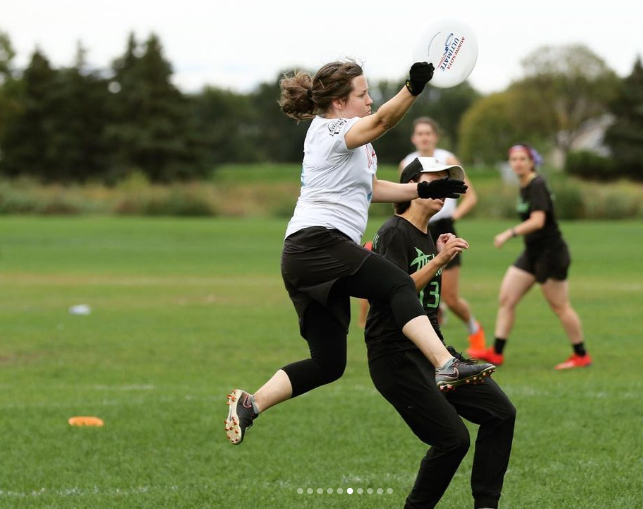
What Are the Most Common Injuries in Intramural and Recreational Sports?
Intramural and recreational sports are generally less intense and competitive than professional sports, but injuries can still occur. The most common injuries in these types of sports are typically minor and result from overuse or accidents rather than high-impact collisions. Here are some of the most common injuries:
- Sprains and Strains: These injuries involve stretching or tearing of ligaments (sprains) or muscles/tendons (strains). They often occur due to sudden movements, overextension, or improper warm-up.
- Contusions and Bruises: Impact sports or contact with equipment and other players can lead to bruises and contusions. These injuries are usually minor but can be painful.
- Muscle Cramps: Dehydration, electrolyte imbalances, and inadequate warm-up can lead to muscle cramps during sports activities.
- Tendonitis: Repetitive movements and overuse can cause inflammation in tendons, resulting in conditions like tennis elbow or Achilles tendonitis.
- Stress Fractures: These are tiny cracks in bones caused by overuse and repetitive impacts. Commonly seen in activities that involve running and jumping.
- Ankle and Knee Injuries: Twisting, turning, and sudden changes in direction can lead to sprained ankles and knee injuries like ACL (anterior cruciate ligament) tears.
- Dislocations: Occur when the bones in a joint are forced out of their normal position. Commonly seen in shoulder and finger joints.
- Concussions: While less common in recreational sports, they can still occur, especially in contact sports or activities with a risk of falls.
- Cuts and Abrasions: Minor cuts and scrapes can happen due to falls or contact with equipment or surfaces.
It’s important to note that the risk of injuries can vary depending on the type of sport and the level of physical contact involved.

What Are Some Tips for Injury Prevention in Intramural and Recreational Sports?
Injury prevention is crucial in intramural and recreational sports to ensure participants can enjoy the activities safely and avoid unnecessary risks. Here are some tips to help prevent injuries:
- Warm-up and Cool Down: Always start with a proper warm-up routine before engaging in physical activity. Warming up prepares your body for exercise by increasing blood flow to muscles and making them more flexible. After the activity, cool down with gentle stretches to help your muscles recover.
- Use Appropriate Equipment: Make sure you wear the right gear and equipment for your chosen sport. This may include helmets, pads, mouthguards, supportive footwear, or other protective gear as necessary.
- Technique and Form: Learn and practice the correct techniques for your sport. Proper form can significantly reduce the risk of overuse injuries and strains.
- Gradual Progression: If you’re new to a sport or activity, don’t push yourself too hard too quickly. Gradually increase the intensity and duration of your workouts to allow your body to adapt.
- Stay Hydrated: Drink plenty of water before, during, and after your activities to stay hydrated and prevent muscle cramps.
- Rest and Recovery: Allow your body enough time to recover between sessions. Rest is essential for preventing overuse injuries.
- Listen to Your Body: Pay attention to any signs of discomfort, pain, or fatigue. If something doesn’t feel right, take a break and seek medical advice if necessary.
- Cross-Train: Engage in a variety of activities to prevent overuse injuries associated with repetitive motions in a single sport.
- Maintain Physical Fitness: Regularly engage in conditioning exercises to strengthen muscles and improve flexibility. Strong muscles can better support your joints and reduce the risk of injury.
- Know and Follow the Rules: Understand and adhere to the rules of your sport. This not only keeps the game fair but also reduces the risk of collisions and accidents.
- Proper Playing Surfaces: Ensure the playing surface is safe and appropriate for the sport you’re playing. Avoid uneven or hazardous terrain.
- Seek Medical Attention: If you do sustain an injury, don’t ignore it. Seek prompt medical attention and follow through with any recommended treatment and rehabilitation.
- Supervision and Coaching: In recreational sports, having a knowledgeable coach or supervisor can help ensure that participants are using proper techniques and following safety guidelines.
By understanding the most common injuries in intramural and recreational sports and implementing proper prevention and recovery strategies, you can enjoy a safe and fulfilling sports experience. Remember, taking care of your body and following these tips can keep you in the game and performing at your best.
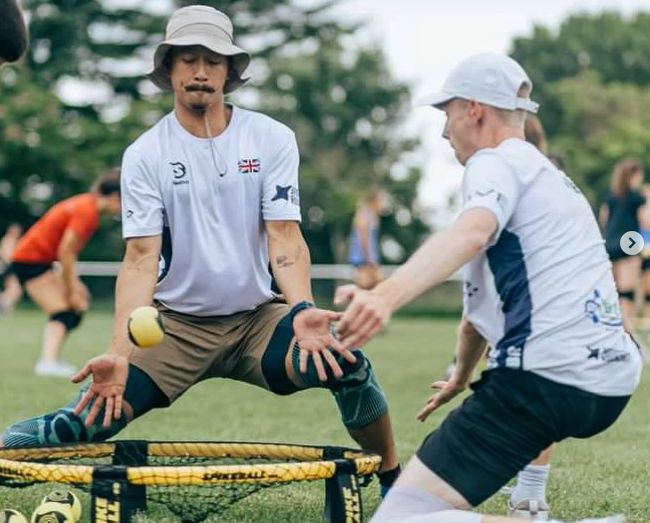
What Types of Recovery Activities Can Keep You in the Game?
Recovery activities are essential for athletes who want to bounce back from injuries and return to the field stronger than ever. Here is a list of recovery activities that can help aid the healing process and improve overall well-being:
- Rest and Sleep: Allow your body ample time to recover by getting enough rest and quality sleep. Rest is crucial for the healing of injured tissues and helps recharge your energy levels.
- Ice and Heat Therapy: Alternating between ice packs and heat pads can help reduce inflammation and promote blood flow to the injured area. Ice is effective during the acute phase of an injury, while heat is beneficial during the recovery phase.
- Gentle Stretching: Engage in gentle stretching exercises to maintain flexibility and prevent muscle stiffness. Be cautious not to overstretch the injured area and consult a healthcare professional for guidance.
- Low-Impact Exercises: Participate in low-impact activities like swimming, stationary cycling, or yoga, which can improve circulation and mobility without putting excessive strain on the injured body part.
- Physical Therapy: Consult with a physical therapist to create a personalized recovery plan. They can guide you through targeted exercises and therapies to rebuild strength and flexibility.
- Massage Therapy: Regular massages can help alleviate muscle tension, reduce scar tissue formation, and promote relaxation, aiding in the recovery process.
- Proper Nutrition: Ensure you’re consuming a balanced diet rich in nutrients to support your body’s healing processes and enhance recovery.
- Active Rest: Engage in light activities that don’t strain the injured area, such as short walks or easy recreational activities, to maintain some level of movement and prevent muscle atrophy.
- Compression Garments: Wearing compression garments around the injured area can help reduce swelling and provide additional support during the recovery period.
- Joint Mobility Exercises: Perform gentle joint mobility exercises to maintain range of motion and prevent joint stiffness.
- Breathing Exercises: Practice deep breathing and relaxation techniques to reduce stress and aid in the body’s natural healing responses.
Remember, it’s crucial to consult with a healthcare professional or a certified athletic trainer before starting any recovery activities, especially if you’ve suffered a significant injury. They can provide personalized advice and ensure you’re on the right path to a safe and successful recovery. Patience and consistency in following your recovery plan will go a long way in helping you get back to the sports you love.
For more information on injuries, prevention and recovery, visit Connect2PlaySports.com. To view helpful information about these topics and more, please visit our Coach’s Corner.
Looking to find out what your perfect intramural / recreational fitness activity is? Check out our blog on this very topic.
